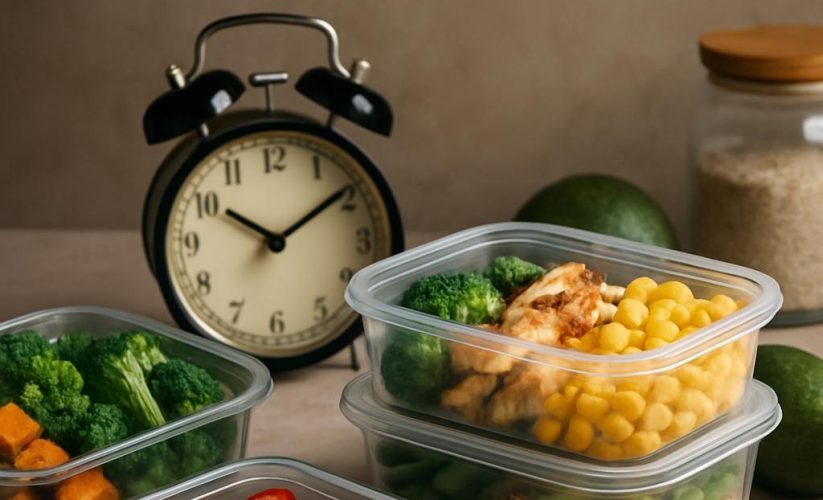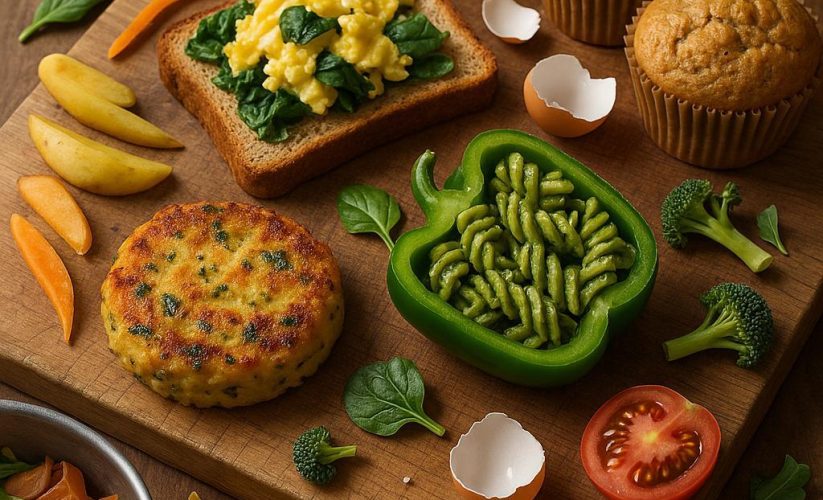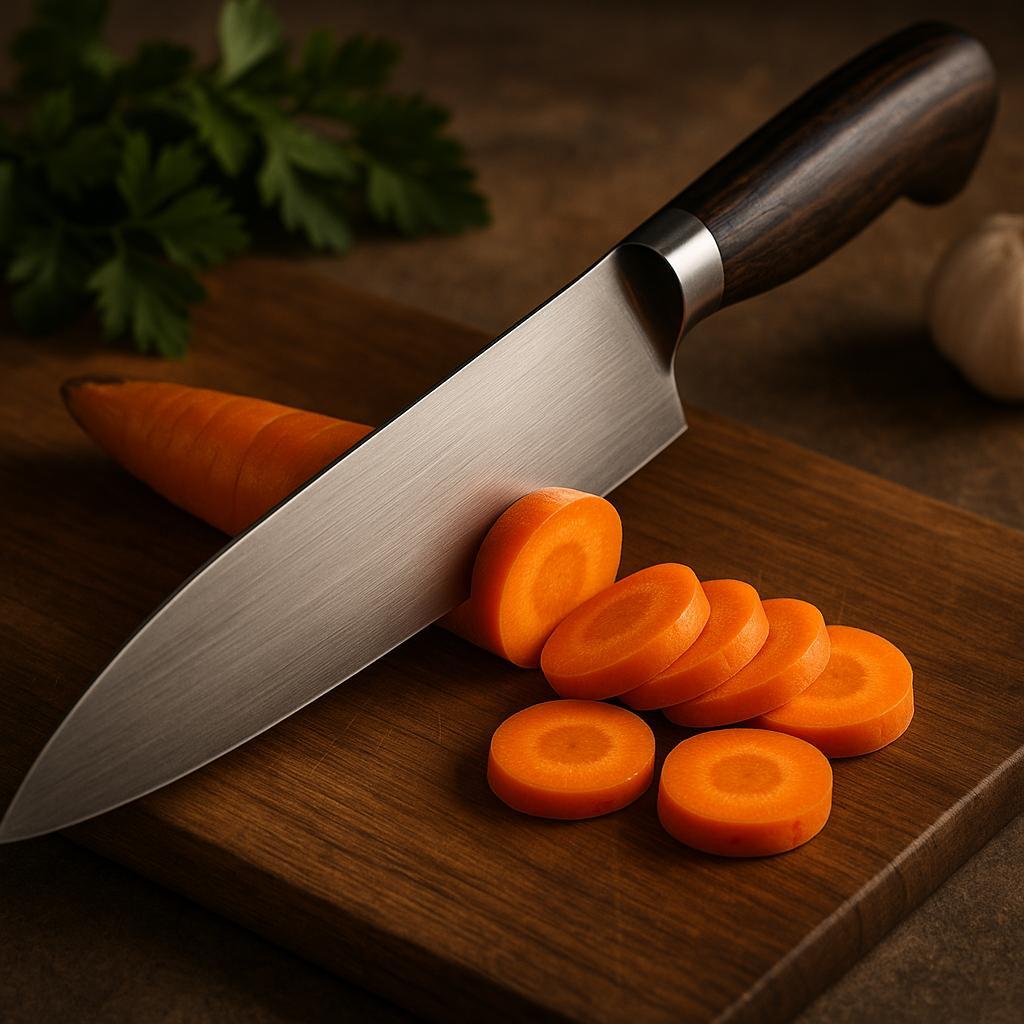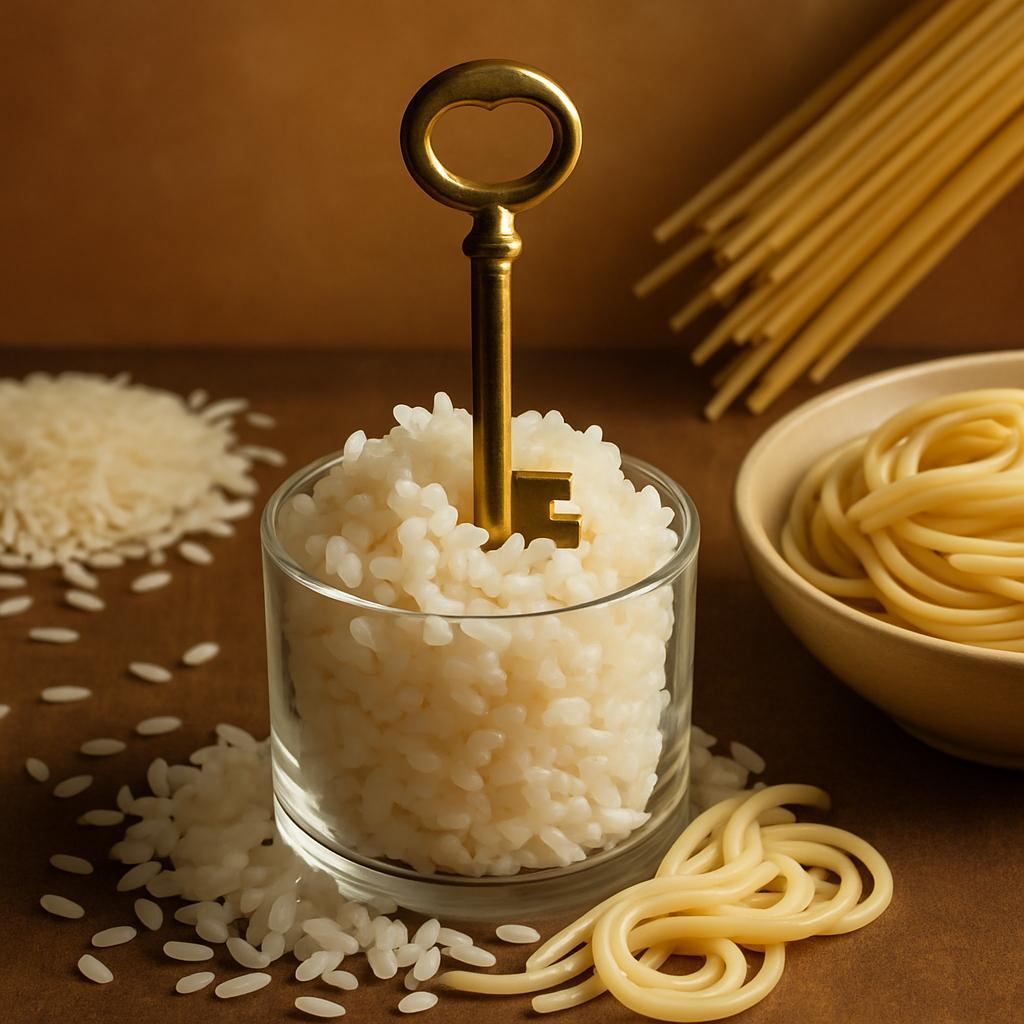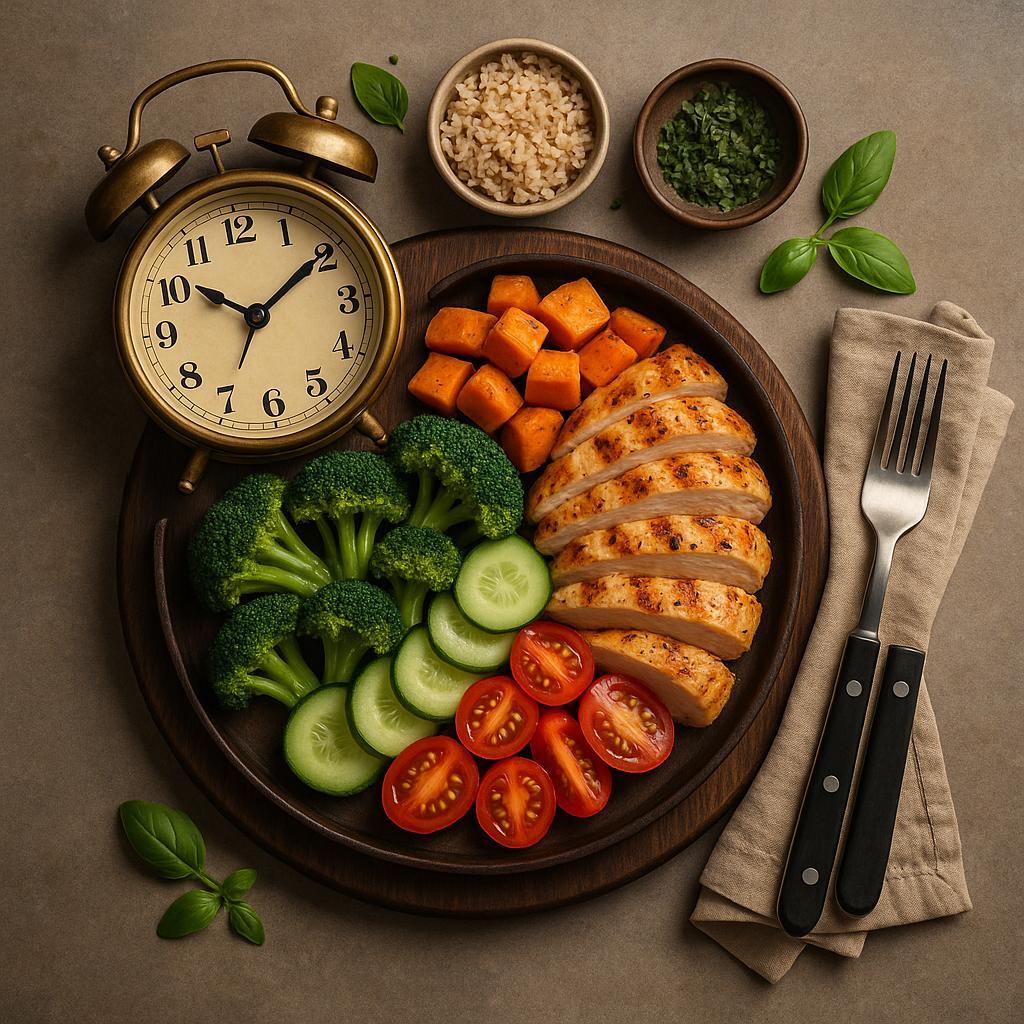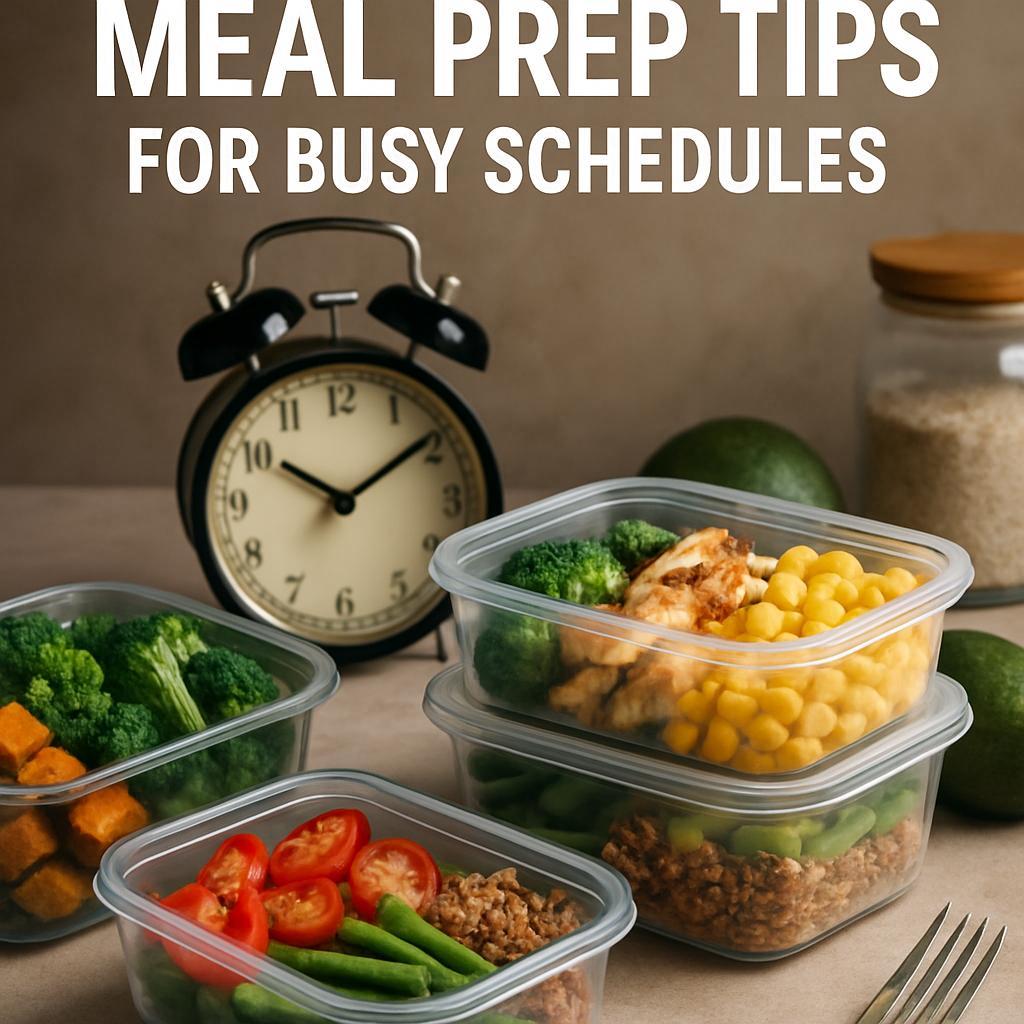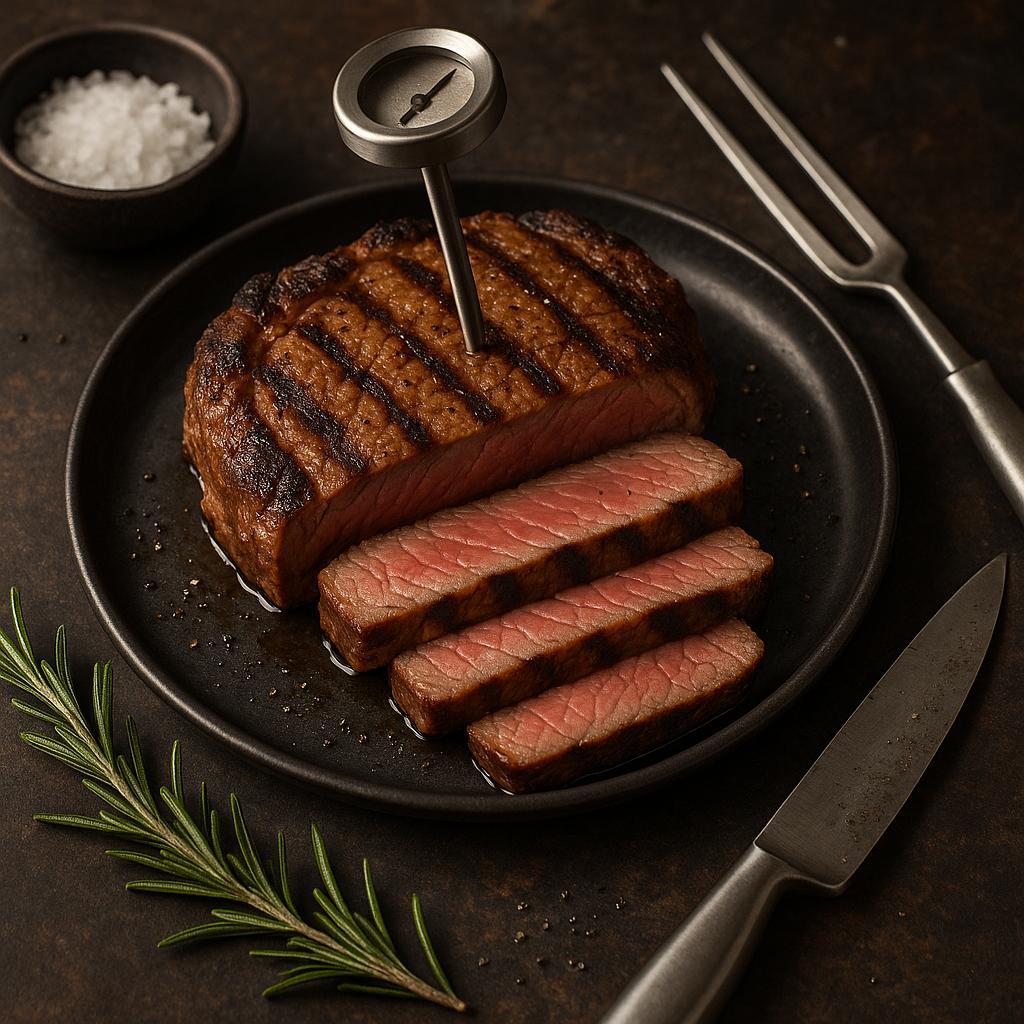How to Use Spices to Transform Everyday Meals
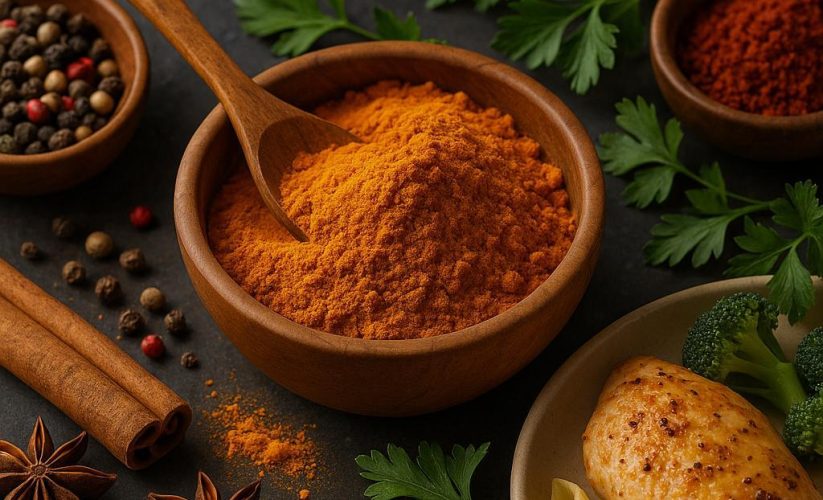
One pinch can rewrite dinner.
Spices are the smallest, quickest way to change a dish’s story-concentrated botanicals that add heat, brightness, bitterness, and aroma without extra time, cost, or calories. With a few jars, Tuesday’s eggs, rice, or roasted vegetables turn layered and lively; leftovers feel new; even simple soups gain a finish that tastes intentional. Spices aren’t confined to any one cuisine-they’re a toolkit for contrast and balance that helps you cook more decisively and waste less.
What follows is a way to treat spices as ingredients, not afterthoughts: when to wake them, how to layer them, and how to match them to what’s already in your kitchen. Start with what you have, trust your senses, and let a pinch do the heavy lifting.
Table of Contents
- Toast grind and bloom spices to release hidden layers
- Create a flexible spice pantry that sparks quick weeknight ideas
- Pair spices with proteins vegetables and grains for balanced flavor
- Rescue leftovers with a dose of global spice inspiration
- Q&A
- Closing Remarks
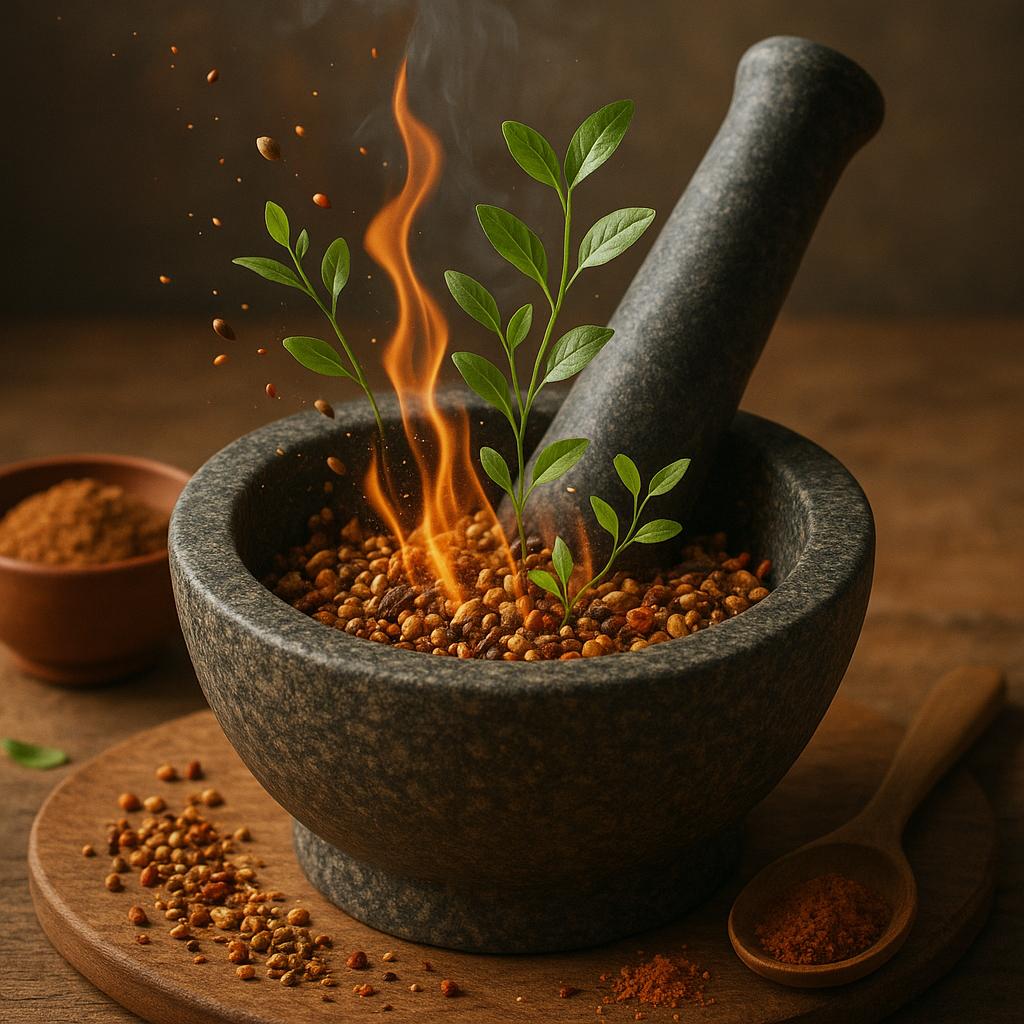
Toast grind and bloom spices to release hidden layers
Whole spices hide volatile oils that wake up under heat. Slide 1-2 tablespoons of seeds (cumin, coriander, fennel, mustard, peppercorns, or Sichuan peppercorn) into a dry, heavy skillet over medium heat and stir constantly for 30-90 seconds, just until they deepen one shade and smell toasty-if you see wisps of smoke, lift the pan off the burner. Immediately spill them onto a cool plate to halt cooking. Once fully cool, grind in short bursts with a spice grinder or use a mortar and pestle; a pinch of coarse salt or sugar adds friction for a finer texture. Sieve out husks for ultra-smooth blends, and make only what you’ll use in a week for maximum aroma. Build a simple base-say, equal parts toasted cumin and coriander-for roasted carrots, bean stews, or taco fillings; add a whisper of clove or cinnamon for warmth, or cracked pepper for bright, piney heat.
After grinding, amplify flavor by blooming the spices in fat. Warm 1-2 tablespoons of oil, ghee, or butter until shimmering, then stir in your blend for 10-45 seconds, watching for a vivid color shift and a surge of fragrance; quickly follow with onions, tomatoes, or stock to prevent scorching. Try mustard and cumin seeds in ghee until popping, then finish a pot of lentils; sizzle smoked paprika and chili powder briefly in olive oil before adding crushed tomatoes for a richer weeknight sauce; or whisk warm, spiced oil into a vinaigrette for grilled vegetables. Keep heat modest with delicate spices-turmeric and paprika can turn bitter if pushed-and bloom saffron by steeping in warm water or milk instead of oil. The cue to stop is simple: when the spices smell louder than the pan, it’s time to build the rest of the dish.
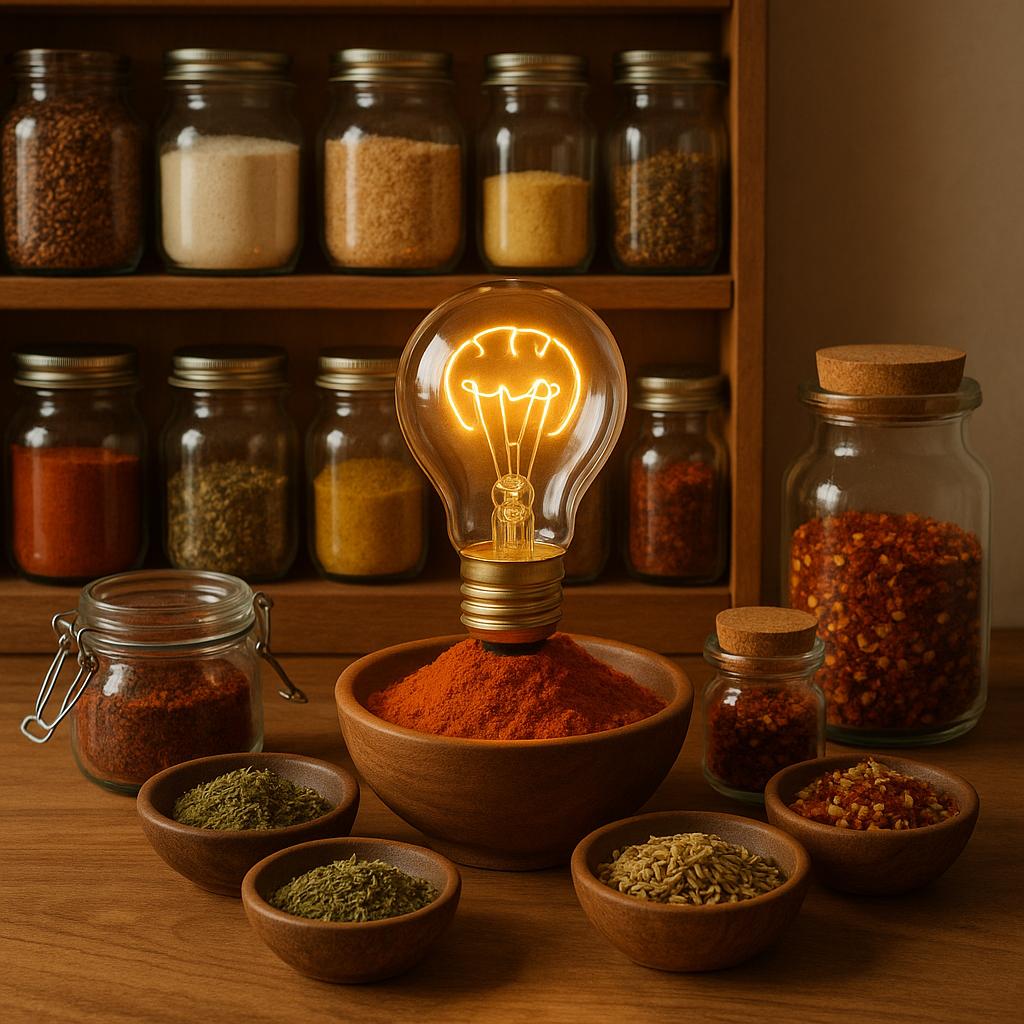
Create a flexible spice pantry that sparks quick weeknight ideas
Think in modules, not single jars. Build tiers you can mix on autopilot: anchors (kosher salt, freshly ground black pepper, garlic and onion powder), foundation seeds you can toast and grind in 30 seconds (cumin, coriander, fennel), color/smoke/heat (smoked paprika, chili powder or gochugaru, Aleppo or cayenne), warm sweet that plays savory, too (cinnamon, allspice, star anise), brighteners (sumac, amchoor or citric acid, lemon pepper), herbals (oregano, thyme, dill, za’atar), and umami boosters (ground dried mushrooms, nutritional yeast, a pinch of MSG, furikake). Use the simple formula 2 base + 1 bright + 1 herb: start with a base (e.g., cumin + smoked paprika), add a spark (sumac or lemon pepper), finish with a leafy dry herb. For speed, keep most spices ground but buy a few whole to refresh blends weekly; label lids with opened dates, store in the dark, and grind small amounts to avoid staleness. When cooking, bloom spices in a little oil for 30-60 seconds to wake aroma, then add your protein or veg; balance at the end with acid (lemon, vinegar) and something fresh (scallions, cilantro) for restaurant-level lift.
Pre-mix a few “micro-blends” to pivot all week: a Taco-ish jar (2 parts cumin, 2 chili powder, 1 smoked paprika, 1 oregano, 0.5 coriander, tiny pinch cinnamon) turns ground turkey, roasted mushrooms, or black beans into dinner with tortillas or rice; a Speedy Shawarma jar (2 cumin, 1 coriander, 1 sweet paprika, 1 garlic powder, 0.5 turmeric, 0.5 allspice) loves chicken thighs, cauliflower steaks, or chickpeas; a Lemon-Pepper Fish jar (2 lemon pepper, 1 dill, 0.5 celery seed, pinch dry mustard) makes salmon or zucchini pop. Apply 1-1.5 teaspoons blend per pound of protein or a sheet pan of veg, bloom in oil, and finish with a squeeze of citrus. For pasta, bloom garlic powder + chili + oregano, toss with olive oil and breadcrumbs; for noodles, gochugaru + sesame + soy; for eggs, za’atar + Aleppo; for potatoes, fennel + thyme + lemon pepper. With a few cross-cultural blends on hand and the bloom-plus-acid habit, you can look at whatever’s in the fridge and instantly map it to a flavor lane without a recipe.
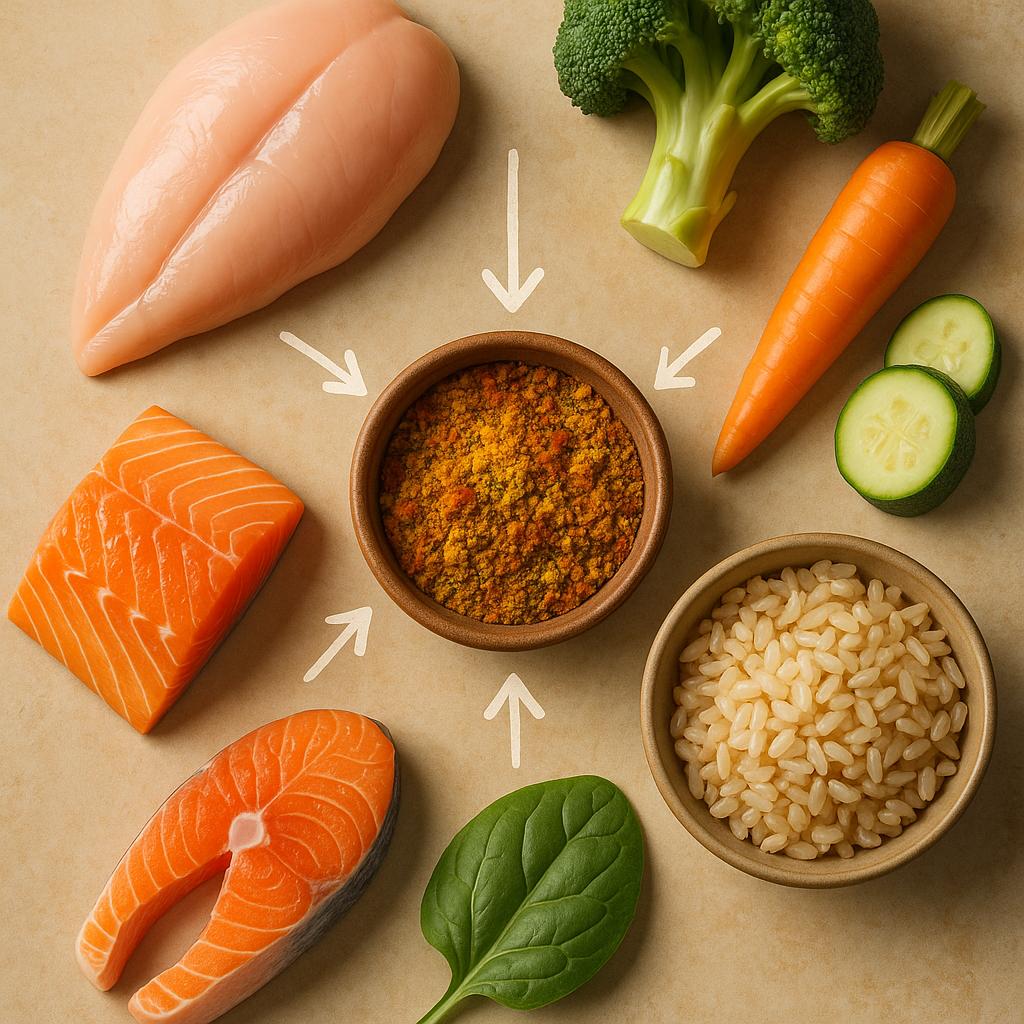
Pair spices with proteins vegetables and grains for balanced flavor
Think of each plate as a chorus where proteins carry melody, vegetables add harmony, and grains keep rhythm-and let your spices conduct. Use a simple baseline: 1 to 1.5 teaspoons ground spices per pound of protein, 1/2 teaspoon per cup of vegetables or cooked grains, adjusting salt separately. Bloom ground spices in a little oil or butter for 30 to 60 seconds to unlock aroma; toast whole seeds (cumin, fennel, mustard) until they jump, then grind. For quick marinades, mix 2 tablespoons oil + 1 tablespoon acid + 1 to 2 teaspoons spice blend + 1 teaspoon salt per pound. Reliable pairings: poultry loves smoked paprika, thyme, and lemon zest; beef wakes up with cumin, black pepper, and a pinch of cocoa; pork shines with fennel seed, sage, and mustard; seafood is lifted by turmeric, coriander, and citrus; tofu and legumes drink in garam masala, garlic, and chili. Aim for balance: an earthy base (cumin, coriander), a bright lift (lemon, sumac, vinegar), and an aromatic bridge (thyme, dill, bay).
Let side dishes echo or counterpoint the main. Roasted roots adore coriander and cinnamon with a honey drizzle; brassicas mellow under cumin, turmeric, and lime; mushrooms deepen with thyme and allspice; tomatoes get vivid with oregano and sumac; squash warms with nutmeg and chili; leafy greens pop with garlic, chili flakes, and a splash of vinegar. For grains, sizzle spices before liquid: rice with cardamom and bay; quinoa with cumin and lime zest; barley with caraway; couscous with ras el hanout; polenta with smoked paprika. Build smart combinations by repeating one spice across components at different intensities-say, cumin-coriander chicken, turmeric-glossed carrots, and cardamom rice-or by balancing contrasts, like fennel-sage pork with chili-nutmeg squash and lemony barley. Finish every plate with a brightener (citrus, yogurt, pickled onion) and a texture cue (toasted seeds, nuts), and the flavors lock into place without heavy sauces.

Rescue leftovers with a dose of global spice inspiration
Start by diagnosing your leftover’s issue-dry, bland, or heavy-and fix it with a two-minute global spice tune-up. Bloom spices first: warm 2 teaspoons oil or butter and stir in 1 teaspoon ground spice or 1 tablespoon blend over low heat for 30-60 seconds until fragrant, then toss in your leftovers. Finish with contrast: a squeeze of citrus or 1-2 teaspoons vinegar for lift, chopped herbs for freshness, and something crunchy (toasted seeds or nuts) for texture. Use a pinch of sugar or honey to round bitterness and heat, and adjust salt last so the spicing can shine. This quick ritual revives texture and aroma while layering fat, acid, and spice for restaurant-level depth with pantry basics.
Turn a mixed box of odds and ends into new dishes with targeted blends and tiny tweaks. Rice or grains: bloom Chinese five-spice with sesame oil, toss with soy and scallions (1 tsp spice per cup rice), or sprinkle furikake with a dash of rice vinegar. Roasted vegetables: dust warm veg with chaat masala and lemon, or bloom smoked paprika with garlic in olive oil and splash with sherry vinegar. Leftover chicken or pork: coat in shawarma spice or berbere bloomed in oil, broil 2-3 minutes to re-crisp, finish with yogurt and cucumber. Beans: sizzle cumin + coriander + chipotle (1:1:½), fold in with lime and cilantro for instant tacos. Mashed or roasted potatoes: fry in ghee with garam masala and peas for quick aloo cakes. Plain pasta or veg noodles: loosen with pasta water, stir in harissa or Aleppo pepper, lemon zest, and olive oil, then dust with sumac. Stale bread: toast crumbs with olive oil and dukkah for a crunchy topper. Creamy soups: melt butter with ras el hanout, swirl in with a touch of honey. Flatbreads or pizza: drizzle olive oil and za’atar to wake everything up-fast, fragrant, and fully renewed.
Q&A
What’s the quickest way to make a familiar recipe taste new with spices? Warm a small amount of oil or butter (2 tablespoons) and briefly sizzle 1 teaspoon of a spice or blend in it, then drizzle over the finished dish; this “spice oil” instantly wakes up eggs, pasta, rice, or roasted vegetables. You can also finish with a sprinkle of bright spices like sumac, za’atar, or smoked paprika at the table, fold a pinch of cumin and coriander into softened butter for toast or steamed vegetables, or stir toasted sesame and chili flakes into yogurt with lemon for a fast sauce.
When should I add spices for maximum flavor? Add whole, hardy spices early so they have time to infuse (think bay leaves, peppercorns, star anise). Bloom ground spices in fat for 30-60 seconds, stirring until aromatic, before adding liquids; this unlocks fat-soluble flavor compounds. Add delicate or color-driven spices mid to late cook (paprika, turmeric) to avoid bitterness. Use fresh, high-note spices right at the end or as a garnish (sumac, fresh zest, garam masala). For threads or pods meant to perfume (saffron, cardamom), steep them in warm liquid and add that infusion.
How much spice should I use to start, and how do I avoid overpowering a dish? For rubs and sautés, start with 1-1.5 teaspoons ground spice per pound of protein or per 4 cups of vegetables; for soups and stews, begin with about 1 tablespoon total spices per quart of liquid. Build in layers: salt lightly first, bloom spices, then taste after 5 minutes of cooking. Balance assertive spices with acid (lemon, vinegar), fat (olive oil, yogurt), and a touch of sweetness if needed (honey, roasted onions). If you’re unsure, split the dish and season half more boldly, then combine to taste.
Whole vs. ground: what should I buy, and how do I store them? Keep frequently used spices whole when possible (cumin, coriander, fennel, peppercorns, cloves) and grind small amounts fresh; they’re more fragrant and keep longer. Ground spices are convenient for quick cooking and baking but fade faster. Store all spices airtight, away from light, heat, and moisture. Shelf life guidelines: whole, 2-3 years; ground, 6-12 months. Test freshness by rubbing a pinch between fingers-if the aroma is faint, toast briefly or replace.
How can I build my own spice blend without a recipe? Use a simple ratio: 4 parts base (cumin, coriander, paprika), 2 parts warmth (cinnamon, allspice, nutmeg), 1 part edge/bitterness or herb (turmeric, oregano, thyme), 0.5 part heat (black pepper, chili), and 0.5 part top note (fennel, citrus zest). Add 1-2 parts kosher salt if you want a seasoned blend. Example for chicken and vegetables: 2 tsp cumin + 2 tsp sweet paprika + 1 tsp coriander + 1 tsp cinnamon + 1/2 tsp chili flakes + 1/2 tsp fennel; bloom in oil and finish with lemon.
I over-spiced or the flavor turned harsh-how do I fix it? Dilute first by adding more base (broth, tomatoes, cooked grains) and adjust salt. Soften heat with fat or dairy (coconut milk, yogurt, butter) and round bitterness with a little sweetness (maple, roasted carrot) or additional salt. Brighten heavy flavors with acid (lemon, vinegar) at the end. If whole spices are causing bitterness, fish them out. For burnt spices, start a fresh, gently bloomed batch and stir it into the dish rather than scraping the pot.
Closing Remarks
You’ve learned that timing, technique, and freshness matter more than quantity-bloom, toast, and layer to coax depth and balance heat with aroma. Used this way, spices become levers you can adjust to make everyday dishes more distinctive without extra effort. For your next meal, pick one spice, toast or bloom a small pinch, and taste how it nudges a familiar recipe. Let your nose lead, taste as you go, and remember: small pinches, big shifts.

